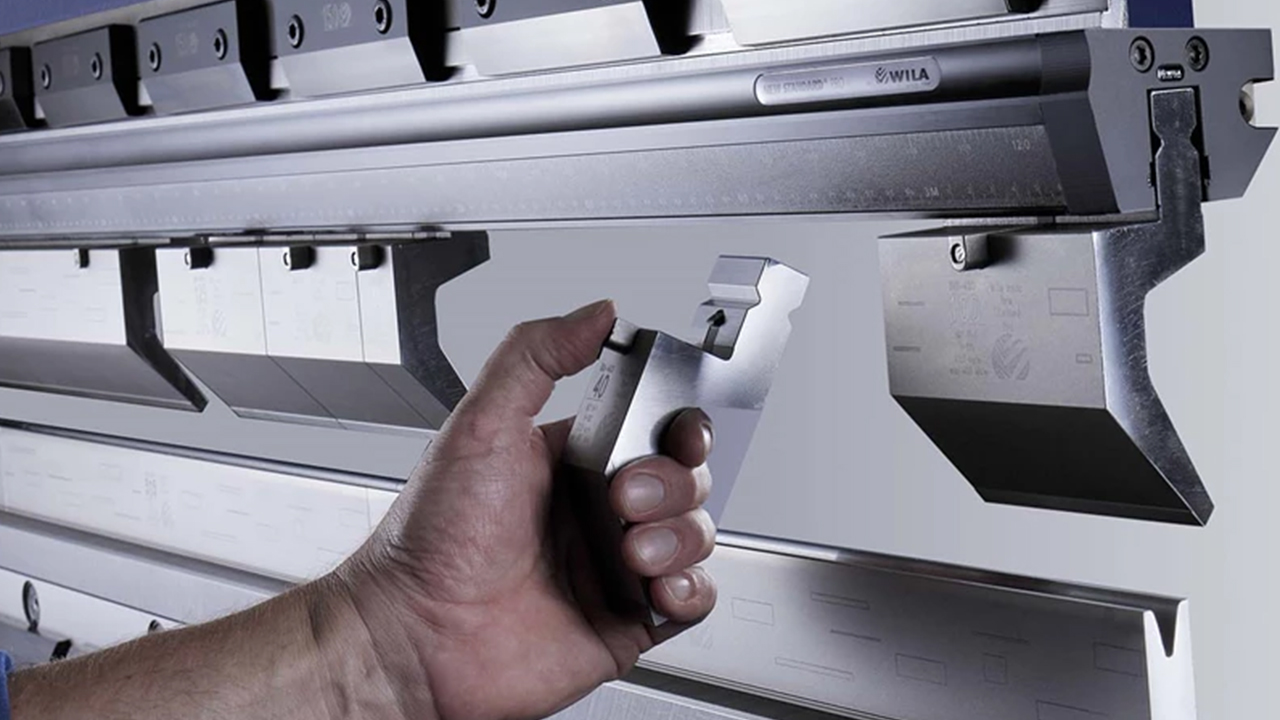The press brake operations are fraught with challenges that can impede efficiency, accuracy, and productivity. It is, therefore, important to recognize and address these common issues for maintaining operational excellence and ensuring consistent performance.
This article looks into the operational challenges, diagnostic procedures, and solutions, focusing on leveraging SMBC’s wila press brake tooling to mitigate risks and optimize workflows.
Identifying Common Operational Challenges
Operational challenges within press brake operations encompass a broad spectrum of issues ranging from misalignment and tool wear to material inconsistencies and machine malfunctions.
Cracks, springbacks, and inconsistent angles stem from worn tooling, incorrect settings, or material inconsistencies can plague your production. Also, rippling, distortion, and marking on your sheet metal can be caused by unsuitable tooling geometry, excessive force, or improper lubrication.
All these challenges can compromise bend accuracy, product quality, and operational efficiency, necessitating proactive identification, diagnosis, and remediation to maintain performance standards and meet production goals.
Diagnostic Procedures for Press Brake Systems
Before rushing to conclusions, effective diagnosis is key. Diagnostic procedures for press brake systems involve systematic evaluations, inspections, and analyses to pinpoint underlying issues, root causes, and contributing factors affecting performance.
Perform a visual inspection by scrutinizing the bent parts, tooling, and machine for visible signs of wear, damage, or misalignment. Also, ensure the chosen material and thickness are compatible with the selected tooling and bend parameters.
Remember, always consult the manual. You can assess machine alignment and system functionality by employing advanced diagnostic tools, techniques, and methodologies to identify discrepancies and inefficiencies impacting bend quality and consistency.
Solutions and Preventive Measures
Addressing common issues in press brake operations requires a multifaceted approach encompassing solutions, preventive measures, and best practices tailored to mitigate risks, optimize workflows, and enhance operational performance.
Invest in high-quality, durable tooling like Wila press brake tooling to avoid inaccurate bends, regularly check for wear and tear, and ensure precise settings calibration. Also, Choose the suitable tooling geometry and force for the material and consider specialized tools for delicate materials.
Moreover, to mitigate excessive downtime, implement quick-change systems for efficient tool swaps, schedule preventative maintenance, and invest in reliable machine components. Do not hesitate to implement proper guarding mechanisms and adhere to established safety protocols.
Using these tooling solutions, you can minimize wear, reduce the risk of misalignments, and ensure consistent bending angles. The preventive measures embedded in SMBC’s Wila press brake tooling design contribute to prolonged tooling life and enhanced system performance.
Takeaway
Remember, prevention is truly the best medicine. You can transform those issues into efficiency and success by proactively maintaining your press brake. Also, it can be achieved by utilizing high-quality tooling like Wila press brake tooling and adopting safe practices.
So, equip yourself with this knowledge, conquer the common challenges, and keep your press brake operation humming on the perfect pitch of precision and productivity.
To explore specialized solutions, preventive measures, and maintenance protocols available through SMBC’s Wila press brake tooling, interested parties can refer to their website’s resources and insights.
